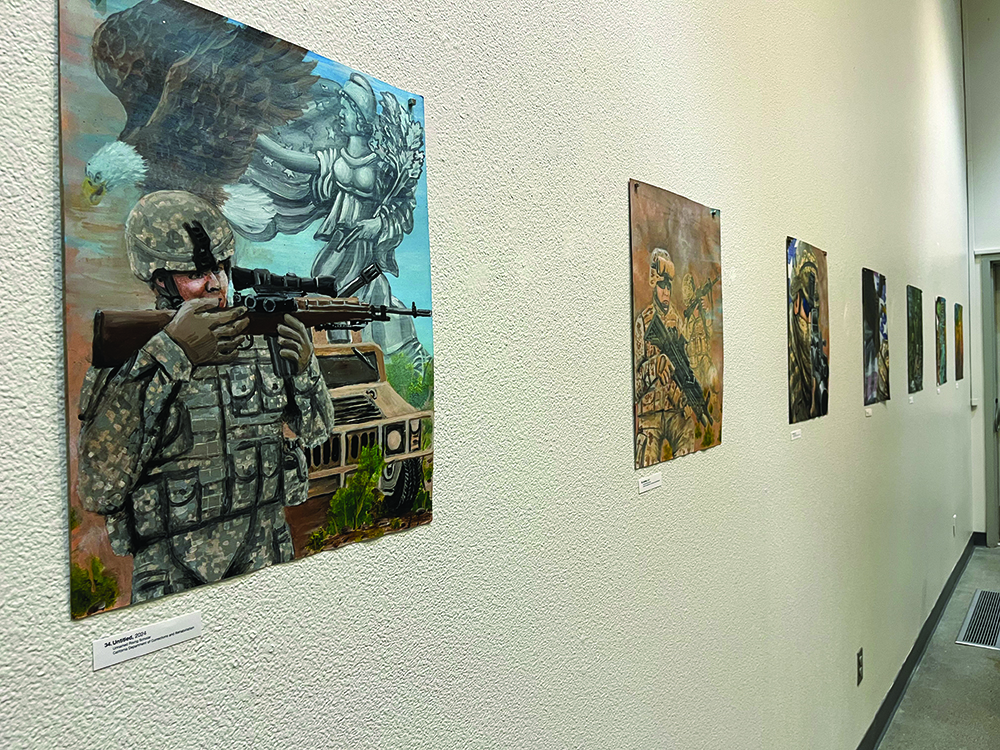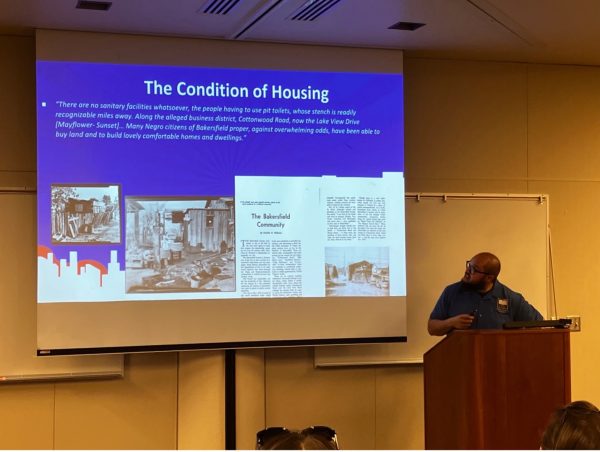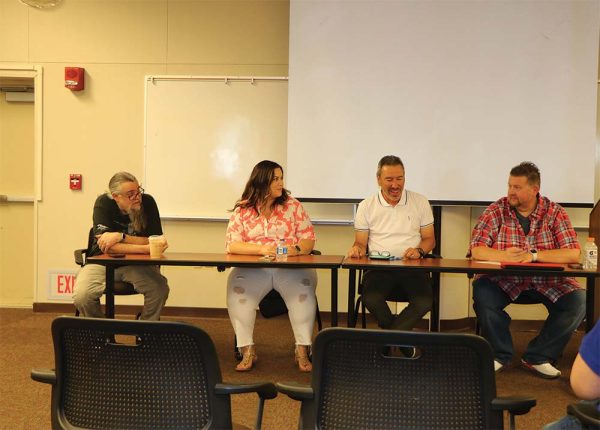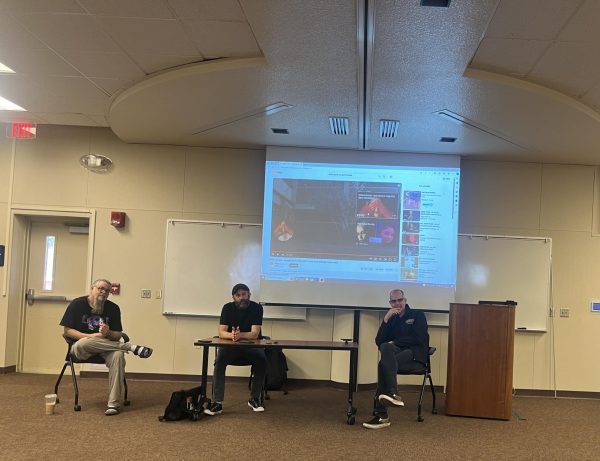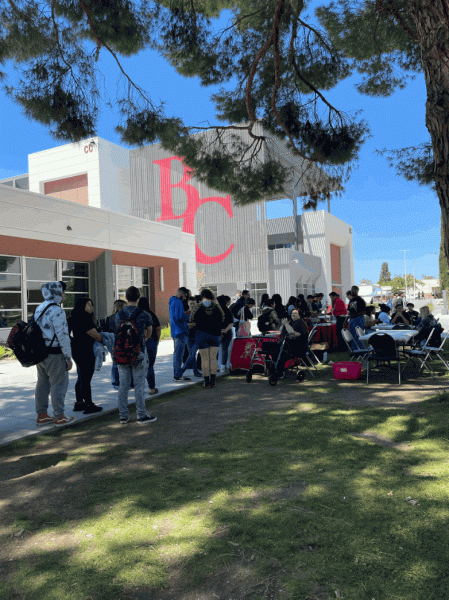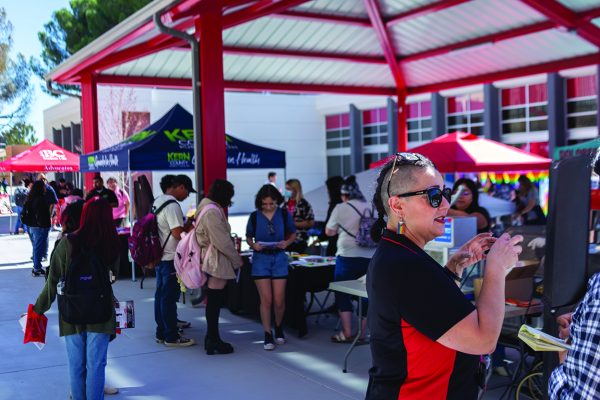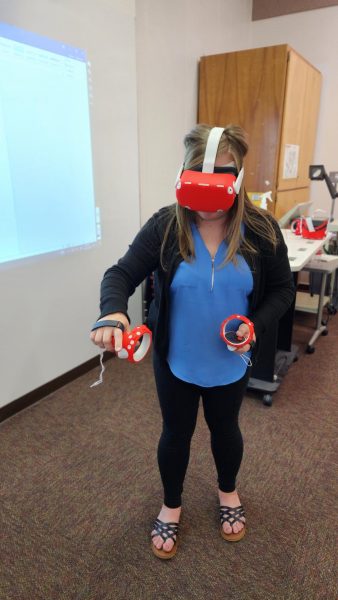Genevieve Carpio talks about Race and Mobility
September 26, 2022
Anthony Vasquez
Editor-in-Chief
The History of race and mobility is one of the aspects found in research that’s made on Mexican immigration. Dr. Genevieve Carpio, Associate Professor in the César E. Chávez Department of Chicana/o Studies at UCLA, and Ph.D. in American Studies and Ethnicity spoke at the BC Levan Center last Wednesday, Sept. 21, at 6:15 p.m. about her presentation and studies of Race and mobility at a California crossroads.
Her presentation shared some shocking information about California’s perceivement of the Mexican environments that are found throughout the state. For example, she shared that sobriety checkpoints had been placed in Mexican populated areas, not to check whether or not people were driving sober, but to target drivers who identified as undocumented illegal drivers. These checkpoints also consisted of long lines of drivers, and since it targeted these Mexican individuals, a huge portion of the Mexican population eventually lost their vehicles and revoked their ability to drive as a method of transportation.
Carpio also presented a video she had recorded a few years back that showed evidence of the situation. She expressed that her experience of witnessing this occurrence made her question what the logistics were in it.
Within her research, Carpio mentioned that four fields of study were then established. spatial turn, which consists of the idea that space could be viewed as an area to create and imagine. Examples of her applying this field of study were shown in racial segregation among the Mexican immigrants coming to the U.S.
Mobility studies consisted of physical movements in two points, which were applied to Carpio’s research of who controlled mobility, and how it impacted these small communities of immigrants. She shared a quote by Mimi shelled, which stated “It’s not how we move, but what is involved in these movements.” Carpio had said that the quote summarized what exactly is involved in these studies.
Relational racial formation and California history, specifically in Inland Southern California were the remaining fields of study that Carpio shared with everyone. Latino studies in Inland Southern California formed a huge part of her research, and she expressed that it was important to document this part of history since it represents a small minority of people.


